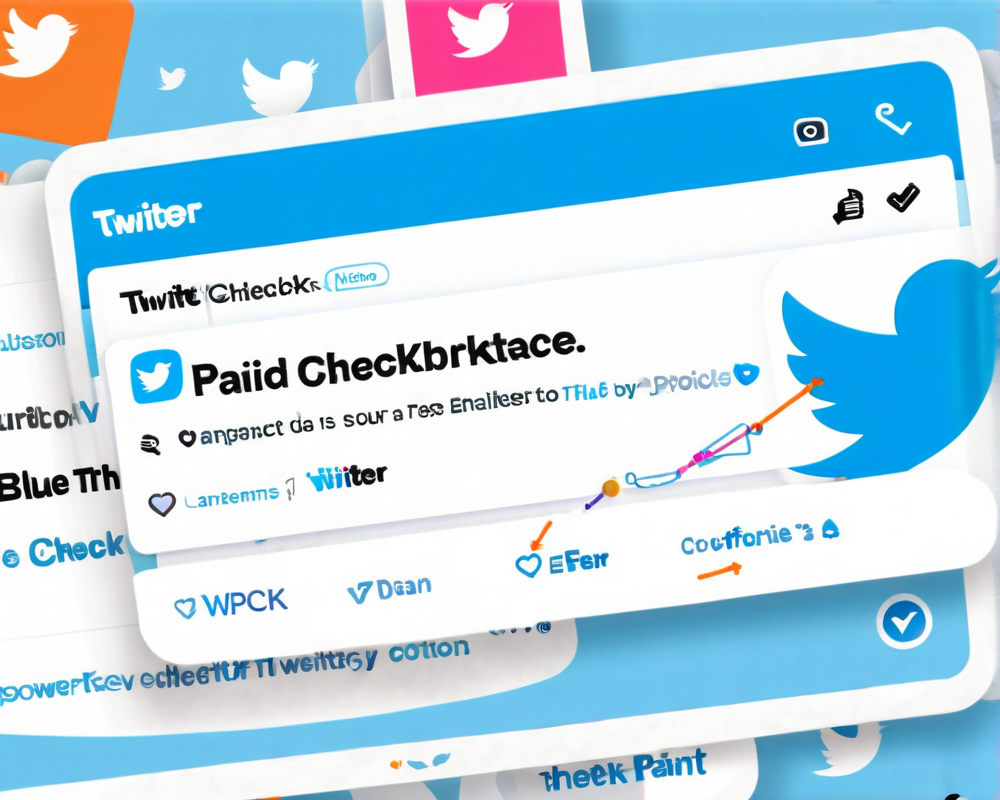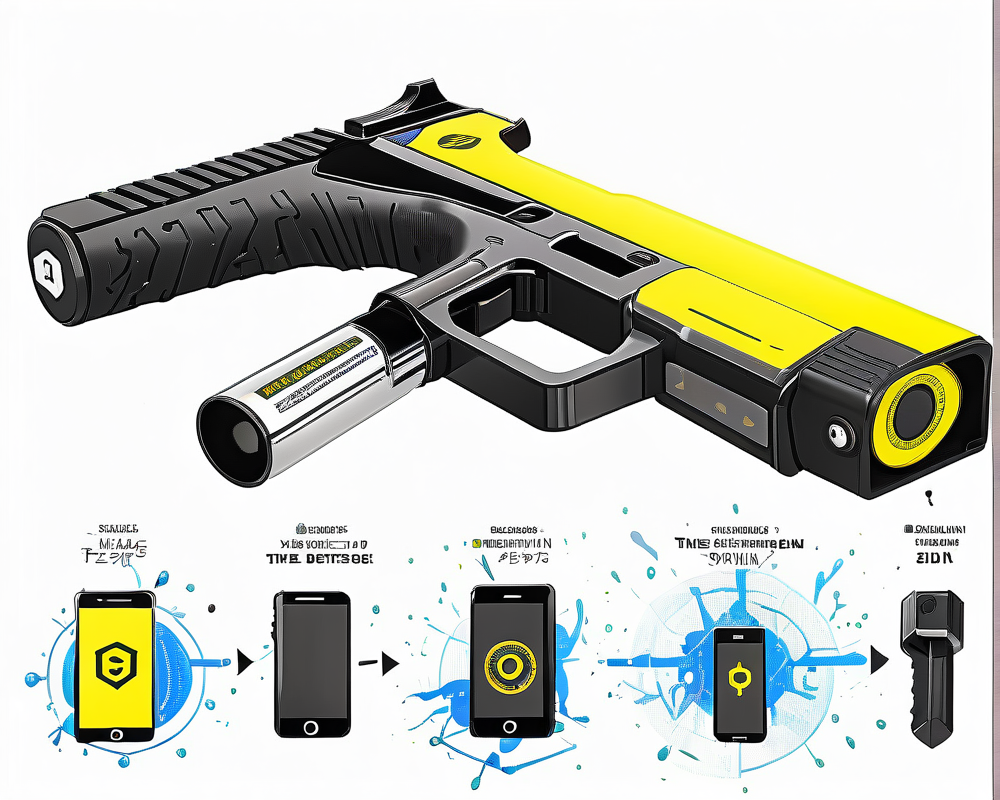The Evolution of Twitter Verification
With Elon Musk steering the ship, Twitter has taken verification from exclusive club status to a monthly subscription service. It used to be a badge of honor representing notable figures and organizations, but now anyone willing to part with $8 can strut around with a blue checkmark. Talk about leveling the playing field—and then some!
The Unintended Chaos of Subscription Verification
Initially launched in November 2022, Twitter Blue intended to cut down on spam and impersonation. Instead, it opened the floodgates for parody accounts that totally missed the punchline. Now, we’re left wondering if that blue check next to a username indicates credibility or just a disposable income.
Meet “Eight Dollars”—The Hero We Didn’t Know We Needed
Praise be to the developers who created the “Eight Dollars” browser extension! Available on Chrome, Firefox, and Safari, this wizardry allows users to see the truth behind each blue checkmark. Are they verified due to merit or merely paying homage to Elon’s monthly fee?
This nifty tool labels accounts clearly: “paid” for those who splurged for the Twitter Blue subscription, and “verified” for those who earned their status through noteworthy contributions. No more confusion!
Sneaky Accounts: The Scripted Puppets
Case and point: impersonator accounts are prowling like wolves in sheep’s clothing. Twitter users can quickly spot a parody account that might have slid some cash to play dress-up. Just look at the extension in action exhibiting accounts like the very fake Elon Musk—funny, yes, but also a reminder of the need for vigilance.
The Call for Transparency
As Twitter revamped how it presents verification, it became crucial for users to discern who’s who in this wild verification landscape. By demystifying the quest for a blue check, the “Eight Dollars” extension is doing more than just serving users; it’s restoring trust in the Twitterverse.
Community Praise and Recommendations
Users have lauded the extension for its contributions to transparency. It’s like putting on glasses and realizing everyone wasn’t just wearing a costume. Instead of silently questioning the legitimacy of a profile, people can now see just how seriously— or not—someone took their verification.
The Broader Implications of Paid Verification
This whole verification debacle raises more than a few eyebrows in the digital landscape. It makes one question: Is paying for clout the new norm in social media? As companies ponder this change, everyone from CEOs to weekend warriors is discussing the societal effects of paying for attention. Meanwhile, industry leaders like Brian Armstrong argue that we can’t let fear of danger halt technology’s progress. Can we balance both worlds, or are we stuck in a digital tug-of-war?




